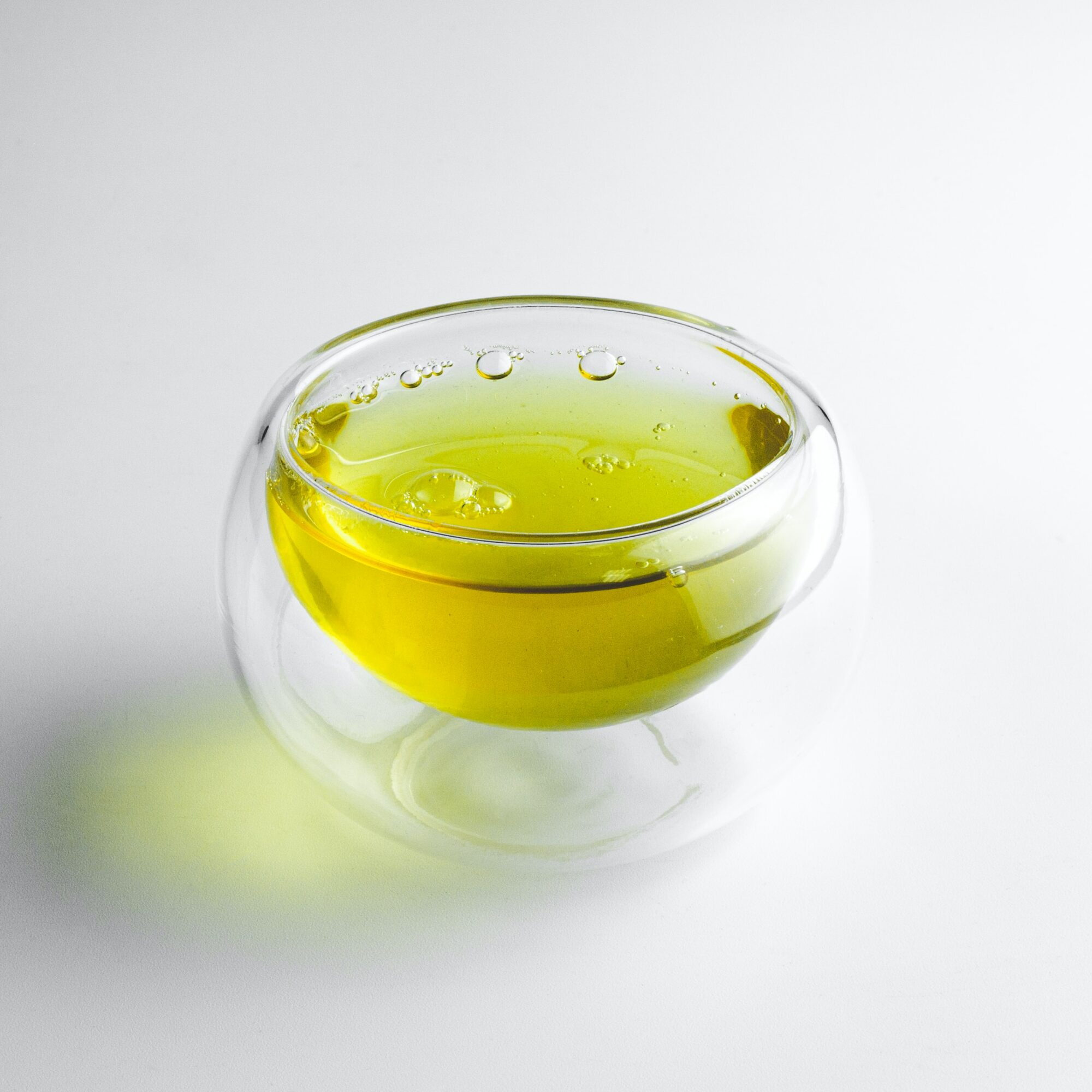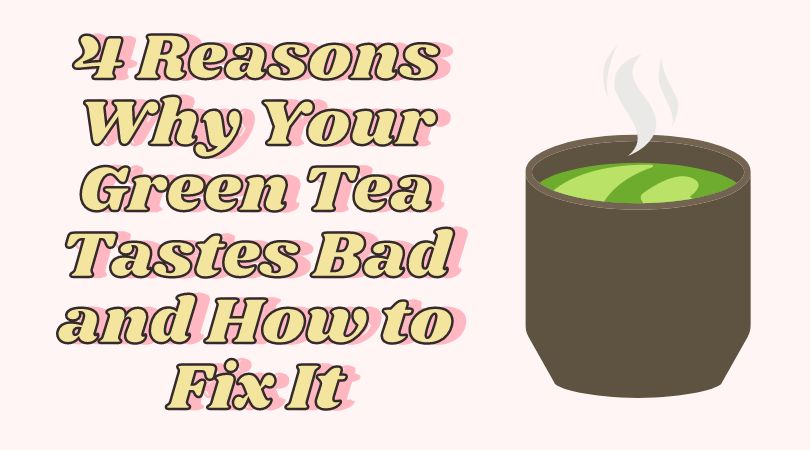Green tea is the one variety of tea that people consistently tell me that they don’t like because it is bitter. I often see posts on Reddit, Quora, and other websites with similar complaints. Well, I’m here to tell you that green tea is supposed to taste good! If your green tea tastes bad, it’s most likely because of one of four reasons. Work your way through them one at a time to troubleshoot what might be the cause.
Your water is too hot
This one is the most likely culprit. Unlike black tea or oolong, most green teas cannot tolerate boiling water. Tea contains polyphenols called tannins (the same substance that gives you a dry mouth feel in red wine). Hotter water will release more tannins from your green tea, resulting in a bitter and unpleasant cup of tea. Start with your tea vendor’s recommendations and adjust to taste from there.
Most green teas will fall within the 160-180°F range. More delicate teas, like Gyokuro, might call for an even lower brewing temperature. If you don’t have a temperature-controlled kettle, a handy trick is to pour the water back and forth between two vessels a few times. This will allow the water to cool a bit before it comes into contact with the tea leaves.
You brewed it for too long
Just as with water that is too hot, brewing for too long will make green taste unpleasant. Green tea, especially a high-quality one, has a very subtle taste. I’ve seen a lot of tea drinkers brew their tea for a very long time because they want it to be “stronger”. In truth, this only extracts additional bitterness and won’t improve the taste in any way.
Green teas should be steeped for no longer than 1 to 3 minutes when brewing western style. Green tea offers a lot of complexity but your palate may have a hard time discerning that if you are used to things like very strong black tea, spicy foods, or coffee. Give it time and your patience will be rewarded!

The tea is old
Tea very rarely spoils but the taste can and will degrade over time. This is particularly true of green tea. The greener the tea, the shorter the shelf life. I recommend consuming green tea within the year that it was produced whenever possible. Teabags will degrade faster because the smaller leaf particles have more surface area exposed to the air. Your local supermarket also more than likely has last year’s tea on its shelf. Storing your tea properly will help you get the most out of it before it starts to lose flavor.
It’s just bad tea.
Unfortunately, it’s also possible that your green tea tastes bad because it is simply low quality. Good quality tea will still be drinkable, even when prepared incorrectly. The best remedy for this is to find a retailer who knows what they are doing. If they can’t tell you details like what region it is from and approximate harvest time, then you probably don’t want to drink it.
Research the type of tea ahead of time so that you know what the leaves should look like. If you’re just getting started, keep a reference book on hand so you can quickly look it up. If you don’t have a reliable local shop to purchase from, I highly recommend Teavivre for Chinese green teas and Yunomi for Japanese green teas.
I hope that this post helped you figure out why your green tea tastes bad. What is your favorite way to brew green tea? Let me know in the comments below!
This post was originally published on March 19th, 2015. It was revised and updated on October 31st, 2022.
Help Support This Site

Support my work in tea by joining my Patreon community. For $2-$5 a month you’ll receive access to exclusive behind-the-scenes content, my private Discord server, surprise quarterly packages, and more!

Generally, old tea was will be dull in appearance with little to no aroma. You might notice that the brewed tea takes on a cloudy appearance because of oxidation. The idea leaf size very much depends on the type of tea. Plucking standards can vary widely. Most Chinese green teas are made with buds so you usually want to see a smaller size. However, there are exceptions to every rule. Tai Ping Hou Kui, for example, is made using a specific variety that has very large leaves.
Hello, nice blog just reading your old post! Im still learning so I got a few questions:
– How do you recognize an old tea? Color? Smell?
– im curious about the size of the leafs.. small leafs should be a better green tea? What is the size that we should looking for?
Thanks!